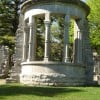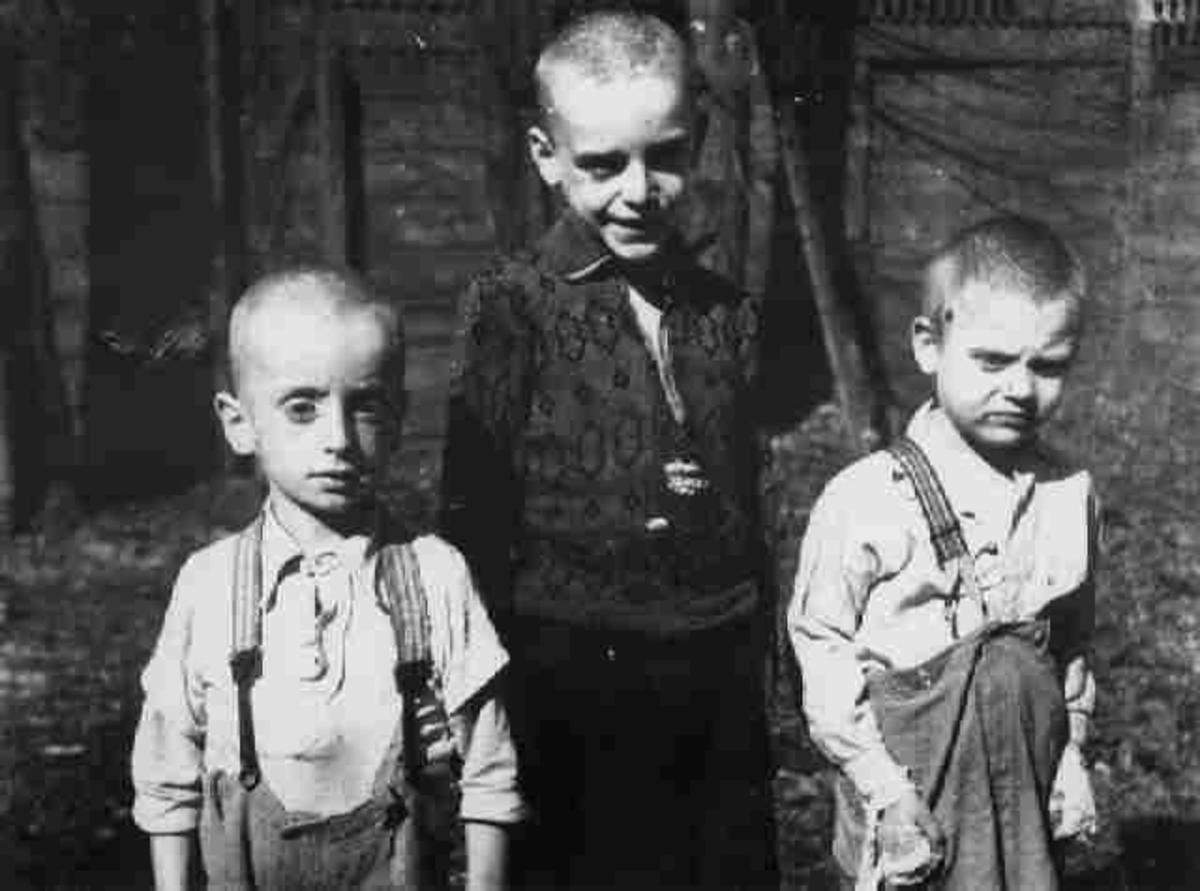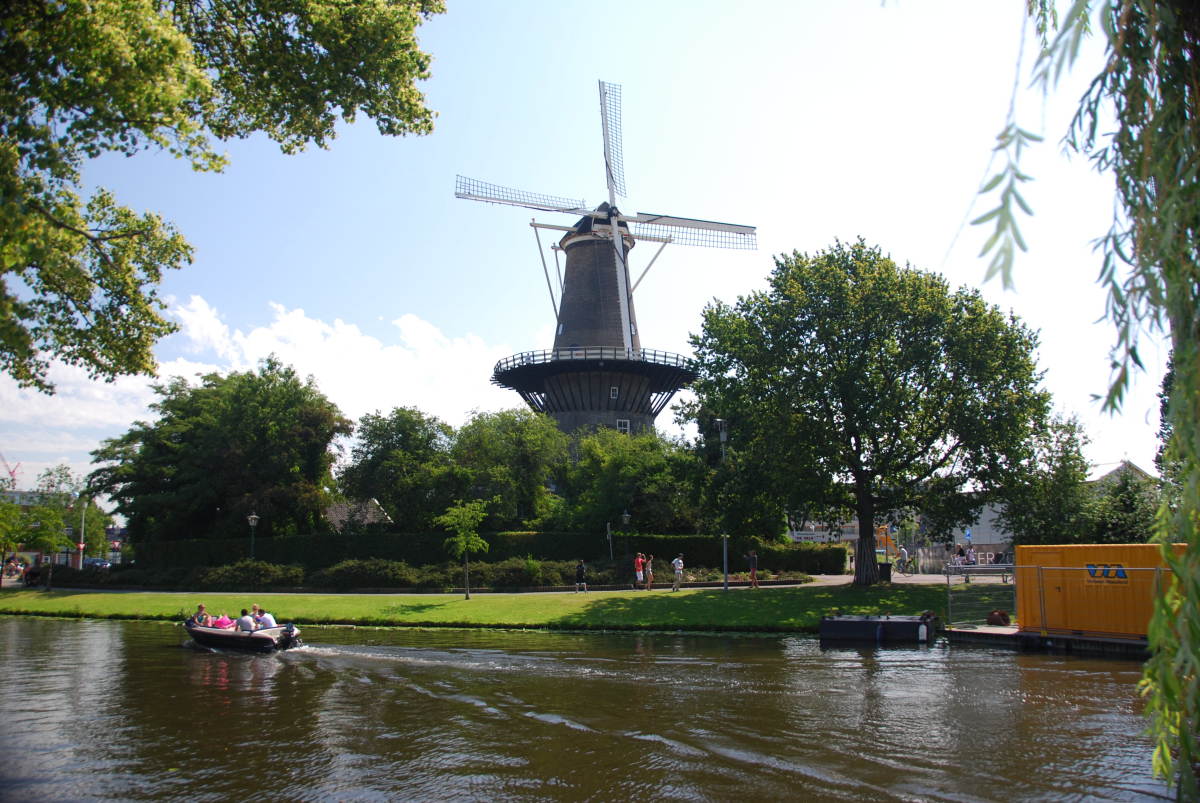Visiting Oud Lemiers, The Netherlands: a border stream, Medieval alignments & the psychologies of post-WW2 irredentists
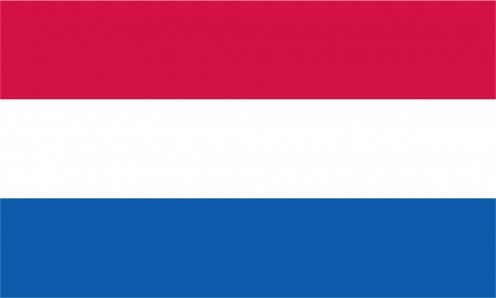
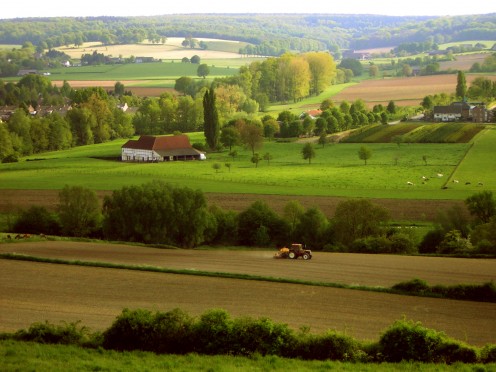
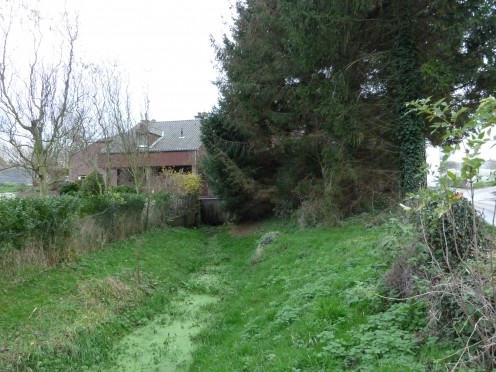
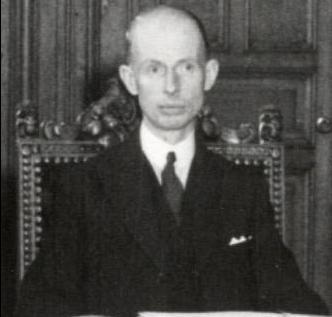
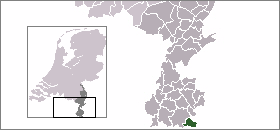
Scenery and the annexationist ideas of Mr. Bakker-Schut
The eminently scenic view, above, shows Lemiers, in Limburg's Vaals municipality, The Netherlands, seen from the Schneeberg in the neighbouring German state of North Rhine-Westphalia (German: Nordrhein-Westfalen; Dutch: Noordrijn-Westfalen).
Oud Lemiers (i.e., Old Lemiers) is the name of both the old part of the village of Lemiers, within Vaals municipality, and it is the name of a road in that part of the village, which runs generally parallel to a stream known (in Dutch) as the Selzerbeek.
The second photo (right) shows the Selzerbeek at Oud Lemiers 28 to be a rather small stream, at least, seasonally. The nearby Vaalserberg, which contains the highest point in the Continental Netherlands, has a climate which is similar to that of the Ardennes and as a consequence tends to receive a substantial snowfall. During the time of the thaw, therefore, streams such as the Selzerbeek, tributaries of which are influenced by gradients in the vicinity of this hill, are susceptible to bursting their banks (1).
So on the one hand the stream is somewhat of a minor, topographical feature. But on the other, its very existence relates to the lie of the land in the wider area and the climate.
Since Medieval times the centre of gravity in Lemiers has shifted a few dozen metres to the south: this is because today the N278, being the main road between Maastricht and Aachen, carries most of the traffic which passes through the village.
But in the Middle Ages, most of the traffic between the ancient cities of Tongeren (now in Belgium), Maastricht and Aachen passed along the road now known as Oud Lemiers. (Hence also the presence of the Sint-Catharinakapel and Lemiers Castle (Dutch: Kasteel Lemiers) which I have elsewhere briefly described.) In 1661, the Vaals district passed into what is now The Netherlands. Historic Oud Lemiers has thus been a border village, with the Selzerbeek running approximately parellel to the road of that name and in recent centuries acknowledged as the international border between The Netherlands and Germany (united in 1871 under Prussian leadership).
In World War One, The Netherlands was neutral, even receiving exiled Kaiser Wilhelm at the end of the War.
World War Two came, with its massive repression and destruction from the Nazi German invaders. The measures discussed, below, taken by the Dutch government, need to be viewed in the context of the great suffering of many Dutch people during the period 1940-1945 in the face of Nazi Germany aggression and occupation.
Unlike some other Western European countries, Liberation in The Netherlands came in slow stages in 1944 and 1945, with much of the south of the country under Allied control, but with several of the main cities and their hinterlands still in Nazi German hands until May 1945.
During the Liberation period, sometimes it was less than clear who was even in charge in the country. Following the slow but progressive freeing of the country's territory, all sorts of ideas were swirling around about how to 'deal' with Germany and Germans, and with those Dutch people perceived to have been too close to their former, highly unwelcome guests. Liberation leaders in some localities thought it would be a good idea to shave the heads of women who had "been" with Germans, and proceeded to do so. In 1946, Justice minister Hans Kolfschoten thought it was a good idea, with a few hours' notice, to send over 3000 German residents back to Germany; these included German residents of The Netherlands married to Dutch nationals, and it even transpired that some of those who were hurriedly deported were Jews (2).
Other ideas and 'solutions' included plans to annex huge areas of northern Germany to The Netherlands, supported by Foreign Minister Eelco Van Kleffens (1894-1983) (3). A man called Frits Bakker-Schut prepared a plan, well received in royal circles, which included the option of taking the German Ruhr district, expelling all Germans there, and incorporating it into The Netherlands. The Dutch government even put a comprehensive plan for Dutch annexation of large areas of Germany to the Allied military authorities occupying Germany, who rather firmly dismissed the ideas of Mr. Bakker-Schut. But the Dutch government was undeterred: it would instead annex small areas of Germany adjacent to the border.
This shows something of the climate of opinion in the Dutch government when it turned its attentions to the Dutch-German border in this area of Limburg province. A territorial 'cause' was suddenly discovered; one which, if it had ever existed, had previously lain dormant (4). The Selzerbeek ran parallel to the street known as Oud Lemiers and not only did the stream traditionally mark the border, it was felt that it was 'right' to do so. This fluvial perception was seen in the light of the fact that in Downtown Vaals, not far away, Grenstraat (i.e., Border Street) also constituted the border along some of its length. What advisers to the Dutch government were now pleased to claim was that while the border was rightly defined as being marked respectively by this stream and by this street, yet if one examined the border closely, the border at the road did not properly align with with stream as it was 'supposed' to do. So the recommendation was that The Netherlands should annex some German land in order to 'correct' this supposed territorial intrusion.
Various other, small areas of Germany were also included in proposals, subsequently accepted, to the Dutch government for annexation. As if to say, "If we can't have the Ruhr, at least we can have more of the Selzerbeek", etc.) The deed was done; amidst publicity, the Dutch army moved its vehicles and boots over the border, and from 1949 these various areas were according to Dutch law part of The Netherlands. Furthermore, with no functional German government between 1945 and 1949, it fell to the Allied military authorities to answer for German interests. And simply going along with Dutch annexation of small areas of territory along the border with Germany — as opposed to the Ruhr — seemed the easiest stance to take (5). In total, from April 23, 1949, The Netherlands took over 69 square kilometres of German territory (6).
In the end, these irredentist indulgences on the part of the Dutch government became somewhat of an embarrassment. The Federal Republic of Germany became a military ally of The Netherlands and an economic and political partner, first of the European Coal and Steel Community, and then the European Economic Community (many years later named the European Union). The idea of allies and partners taking territory from one another without their consent became increasingly regarded as an anachronism which might only store up difficulties for the future. Long negotiations followed, and the Dutch government eventually (and maybe somewhat sheepishly) gave back to Germany in 1963 practically all of the territories it had annexed.
In 1967, the Dutch government decided to concentrate on designating Lemiers as a protected, scenic village. This time, no one could take issue with this!
February 22, 2013
Notes
(1) Indeed, one of these tributaries, the Hermansbeek, is the fastest-flowing stream in The Netherlands, associated with its own particular flora and fauna, somewhat having the characteristics of a mountain stream. Its waters attract fish including minnow and loach.
(2) Any optimism on the Dutch government's part about whether these over 3000 expulsions were appropriate was soon dissipated: in response, British military authorities in Germany expelled 100,000 Dutch people resident in their zone of occupation.
(3) Mr van Kleffens served as Dutch Foreign Minister from 1939 until 1946, spending much of this period in exile.
(4) One can hardly imagine a Dutch diplomat going to the German Foreign Ministry in 1939 and asking for a piece of German territory.
(5) The Allied occupation authorities even permitted Luxembourg to annex a small area of German territory to itself, later returned.
(6) It is interesting that this occurred on April 23, 1949, just one month before the Federal Republic of Germany was founded on May 23, 1949; presumably this act of the Dutch government would have been much more difficult to enforce if it had occurred only a few weeks later.
Also worth seeing
Holset (distance: 1.2 kilometres) is an ancient stone church building, at a place which is supposed to have Christian associations from over 1600 years ago.
Mamelis (distance: 2.3 kilometres) has a prominently built abbey situated on the wooded Sint Benediktusberg.
Vaalserberg, Vaals (distance: 5.3 kilometres); this wooded hill attains a height of 322.5 metres and is where the borders of The Netherlands, Germany and Belgium come together.
Aachen , Germany (distance: 7.3 kilometres); many visitors come to its Cathedral, associated with Charlemagne, and striking City Hall.
...
How to get there: The nearest large city to Lemiers is Aachen, Germany. Lufthansa flies from New York Newark to Duesseldorf, where car rental is available. A46/A61/A44 lead to Aachen. The German railroad company Deutsche Bahn (DB) links Duesseldorf to Aachen (distance: 93 kilometres). Please check with the airline or your travel agent for up to date information. It is advisable refer to appropriate consular sources for any special border crossing arrangements which may apply to citizens of certain nationalities.
MJFenn is an independent travel writer based in Ontario, Canada.
Other of my hubpages may also be of interest
- Visiting Lemiers, The Netherlands and its Sint-Catharina en Luciakerk: 19th century, neo-Romanesque
- Visiting Lemiers, Germany and the Senserbach: memories and reflections at a Nordrhein-Westfalen vill
- Visiting Grensstraat, Vaals, The Netherlands: remembering some post-WW2 Dutch annexation of German t
- Visiting the Vaalserberg, Vaals: in rugged hill country which hardly conforms to stereotypes of The
- Visiting Mamelis, The Netherlands: untypical hill country, and border complexities, too
